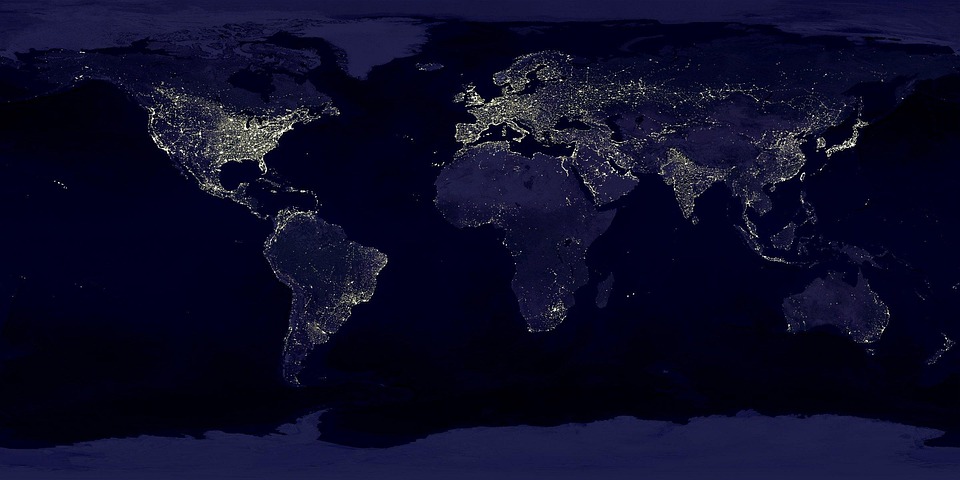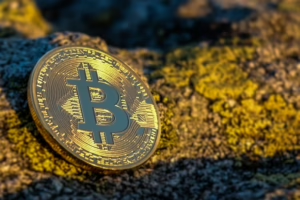Revolutions and Innovations: Pivotal Turning Points in World History
Throughout human history, revolutions and innovations have shaped societies, redefined cultures, and altered the trajectory of nations. These transformative events, often driven by a combination of social, political, economic, and technological factors, serve as pivotal turning points that have not only influenced the immediate circumstances of their time but have also left lasting legacies on the modern world. This article explores several key revolutions and innovations that have been instrumental in shaping human civilization.
The Agricultural Revolution: A Foundation for Civilization
One of the most significant turning points in history began around 10,000 BCE with the Agricultural Revolution. As hunter-gatherer societies shifted to settled agriculture, humans began to cultivate crops and domesticate animals. This transition laid the foundation for the development of complex societies, enabling population growth, the establishment of permanent settlements, and the rise of social hierarchies. The surplus of food allowed for specialization in various trades, leading to advancements in technology and the eventual emergence of cities and states.
The Agricultural Revolution not only transformed human relationships with the environment but also fostered the cultural advancements critical for civilization. Societies could now invest in arts, governance, and technology, leading to the first writing systems, legal codes, and scientific understandings—elements that continue to impact societies today.
The Industrial Revolution: A Technological Paradigm Shift
Beginning in the late 18th century in Britain, the Industrial Revolution marked a profound shift from agrarian economies to industrial ones. Fueled by innovations such as the steam engine, spinning jenny, and mechanized looms, this period transformed not only the way goods were produced but also the social fabric of society. Urbanization surged as people migrated to cities for work, fundamentally changing lifestyles and interactions.
The Industrial Revolution also spurred significant advancements in transportation, communication, and manufacturing, reducing the cost of goods and enabling mass production. It created a consumer culture and laid the groundwork for the global economy we recognize today. However, it also introduced challenges, including harsh working conditions, environmental degradation, and social inequalities, which would later give rise to labor movements and calls for reform.
The American and French Revolutions: Ideals of Liberty and Equality
In the late 18th century, the American and French Revolutions emerged as powerful statements against tyranny and oppressive government. The American Revolution (1775-1783) was fueled by Enlightenment ideals of liberty and democracy, culminating in the Declaration of Independence and the establishment of a new nation rooted in principles of individual rights.
Shortly thereafter, the French Revolution (1789-1799) sought to dismantle the old feudal order and promote the equality of all citizens, leading to the declaration of the Rights of Man and of the Citizen. Both revolutions inspired numerous other movements worldwide, advocating for democratic governance, social justice, and human rights. They served as blueprints for subsequent revolutions, including those in Latin America, Europe, and Asia, demonstrating the power of collective action and the thirst for freedom.
The Technological Revolution: The Digital Age
As the 20th century progressed, the world witnessed an explosion of technological innovations, marking what can be termed the Technological Revolution. The invention of the computer, the internet, and mobile communication has transformed nearly every aspect of life. This digital age has facilitated globalization, enabling instant communication, access to information, and the interoperability of economies around the globe.
Technological innovations have also spurred revolutions in various sectors, including medicine, engineering, and environmental science. Powerful revolutionaries like the internet have democratized information and education, giving rise to social movements around issues such as climate change, social justice, and human rights.
Social Movements: The Quest for Equality
Parallel to technological innovations, numerous social movements have emerged as revolutions in their own right, advocating for civil rights, gender equality, and social justice. The Civil Rights Movement in the United States, the suffragette movement, and more recently, the Black Lives Matter and Me Too movements have all sought to challenge systemic injustices and promote equality.
These movements often harness innovative approaches to communication and activism, leveraging social media to amplify their messages and engage younger generations. They highlight the ongoing struggle for human rights and serve as a reminder that revolutions come in many forms, not solely rooted in political upheaval but also encompassing social consciousness and community activism.
Conclusion: The Interconnected Nature of Revolutions and Innovations
Revolutions and innovations are intertwined threads that weave through the fabric of history. They redefine boundaries, challenge the status quo, and instigate transformation, whether through political upheaval or technological advancement. Each pivotal turning point has contributed to the evolution of human societies, prompting reflection on the past while pushing for progress in the future.
As we navigate the complexities of the modern world, understanding the history of these revolutions and innovations will empower current and future generations to foster positive change, advocate for justice, and embrace the responsibility that comes with the power of transformative ideas. The legacy of revolution is not merely in the changes it brings but also in the reminders it provides of our potential for resilience, creativity, and progress.
For more in-depth information on the intersections of revolutions and innovations throughout history, please refer to contemporary academic sources that analyze these pivotal developments in greater detail: [modern_footnote_source_link].


























Add Comment